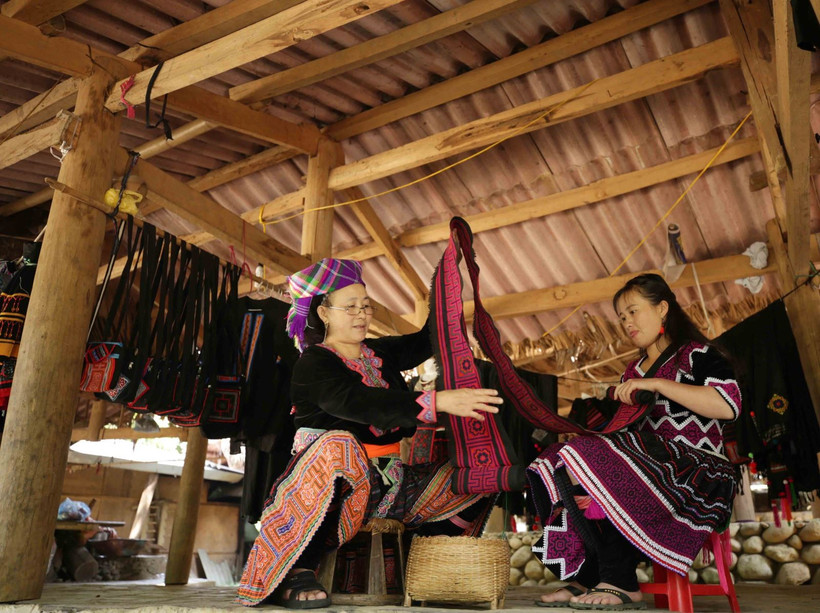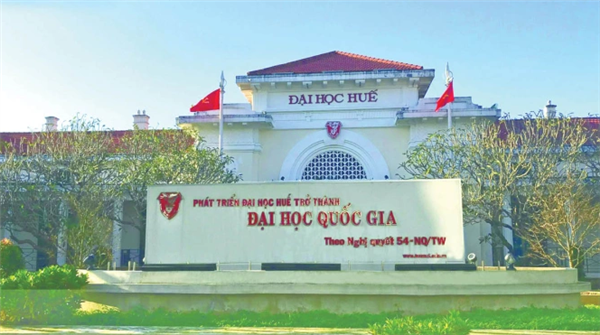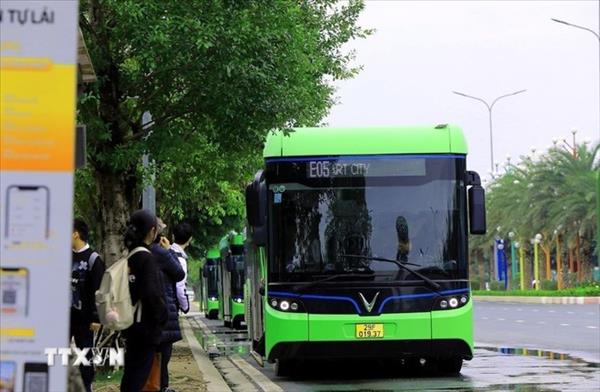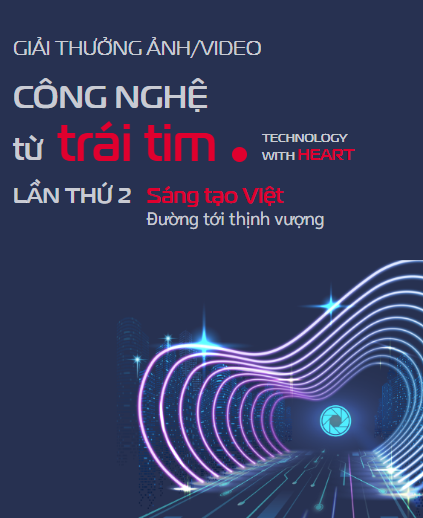In recent years, Sin Suoi Ho village in Lai Chau province has become a popular destination for domestic and international visitors through its community-based tourism model tied to cultural preservation and high-value agriculture, with residents viewing the safeguarding of traditional identity as their most sustainable tourism “brand.”
Preserving tradition – a shared commitment across the community
Located at nearly 1,500 m above sea level and surrounded by pristine forests and majestic mountains, Sin Suoi Ho enjoys a cool climate year-round. The village is home entirely to ethnic Mong people, who have preserved their traditional cultural values for generations, from wooden houses and stone fences to musical instruments, farming tools, and communal ways of life.
Visitors to Sin Suoi Ho are invited not only to enjoy the fresh air and scenery but also to “live among the Mong people,” joining daily activities or simply observing the village’s tranquil way of life.
Village head Vang A Chinh, who has learned from community tourism models elsewhere, recognised early on that traditional culture is the village’s most valuable tourism asset. Implementation of the Lai Chau Party Committee’s Resolution No. 04-NQ/TU on preserving and promoting cultural identity alongside tourism development has further reinforced these efforts. Households have been encouraged to maintain their culture and transform it into tourism offerings.
All households adhere to the “five no’s” - no alcohol abuse, no smoking, no littering, no social evils, and no soliciting tourists. With strong community engagement, Sin Suoi Ho has become a model for community tourism in Lai Chau.
Many families run homestays built in traditional architectural styles using wood, stone and earth. Guests can cook with hosts, visit local markets, and listen to stories of Mong traditions. Every home becomes a stop for visitors and every resident a guide, forming an authentic tourism identity deeply rooted in local heritage.
According to Chinh, visitor numbers have risen from a few thousand in earlier years to around 20,000 annually, generating billions of VND in revenue. The income is shared fairly across the community, improving livelihoods, supporting education, and helping maintain clean surroundings and a well-preserved environment.
The village’s authenticity and cultural richness have become its defining tourism appeal, leaving visitors with not only memorable photos but also a deep appreciation of a community thriving through its own heritage.
Dinh Kieu Oanh, a visitor from the Republic of Korea, said she was impressed by the village’s cleanliness, beauty and civility. She noted that villagers preserve their cultural practices and readily help visitors without expecting anything in return. She said she plans to return with friends and promote Sin Suoi Ho as a warm and welcoming destination.

Linking traditional agriculture with community tourism
Before the rise of community-based tourism, most residents depended on traditional farming. In recent years, however, more than 70% of households have begun growing Cymbidium orchids, a high-value crop that provides a significant source of income. During Tet (Lunar New Year), when thousands of orchid pots bloom, sales reach their peak. From fewer than 10 initial growers, today every household cultivates orchids to enhance the village’s landscape for tourists and sell nationwide.
Approximately 20 households now operate homestays, generating additional income and employment. Community tourism has not only improved economic conditions but also shifted the local perspective. Residents are now more conscious of cultural preservation, restoring customs, showcasing traditional clothing and rituals, maintaining unique village gates, and offering cultural performances for visitors.
Hang Thi Qua, a young local woman who trained as a tour guide after completing her studies, now guides visitor groups through the village. She hopes tourists will not only appreciate the scenery but also gain deeper insight into Mong culture, thereby valuing the diversity of Vietnam’s ethnic heritage./.



















